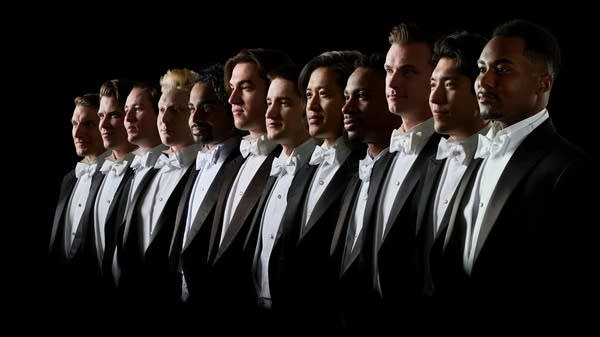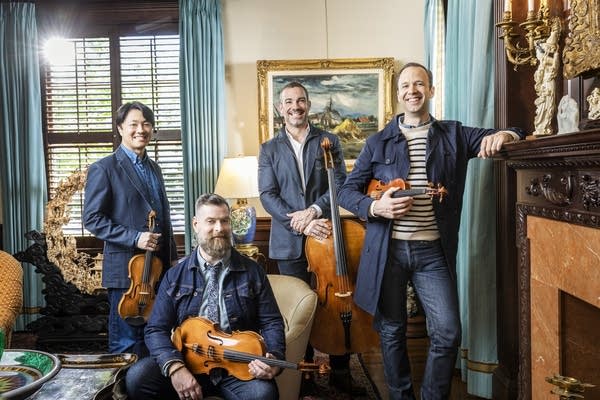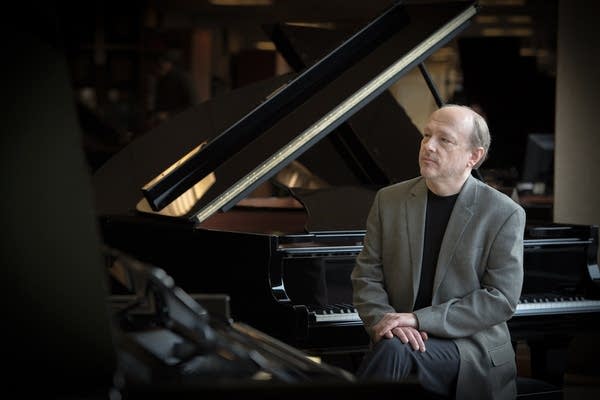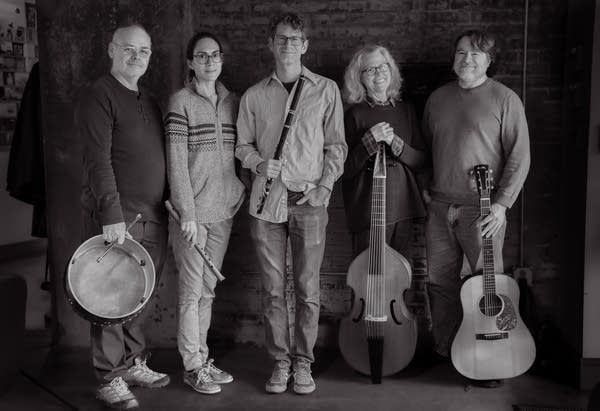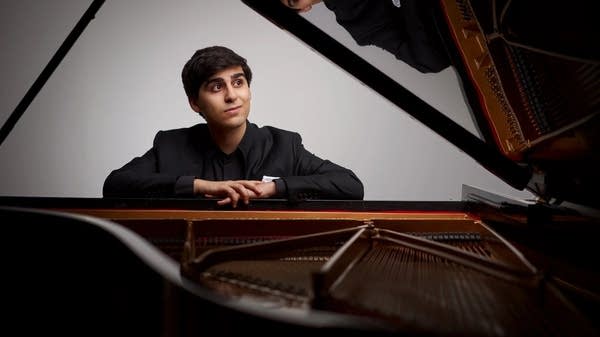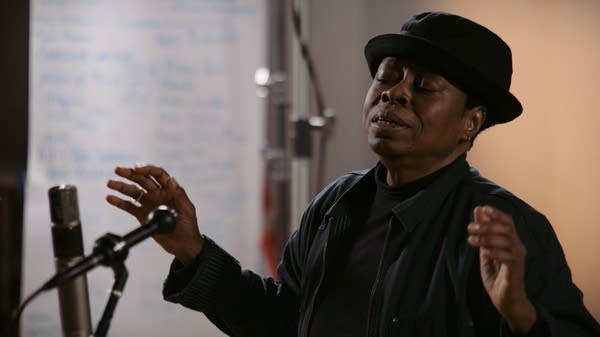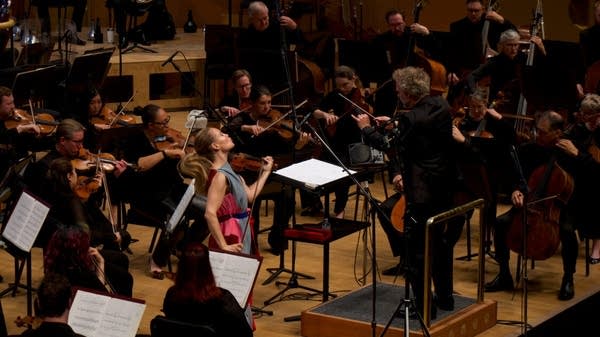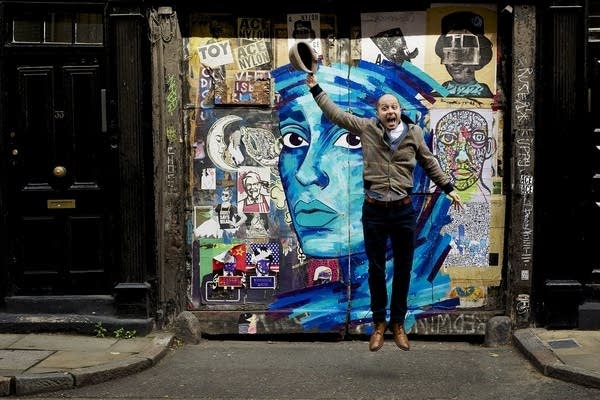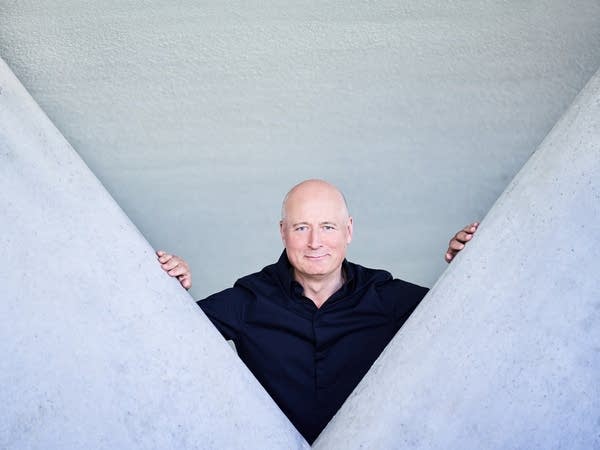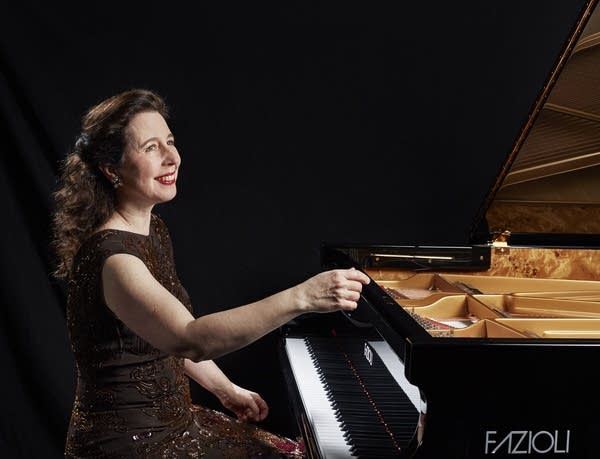Simone Dinnerstein - Broadway-Lafayette (Sony)
"There is an historic connection between the U.S. and France that dates back to the Revolutionary War." That's not a historian speaking; instead, it's pianist Simone Dinnerstein talking about the history that underlies her latest recording.
"Lafayette was a French general who helped the colonists, and you can see tributes to him all over the U.S. and in New York City," Simone continues. "There are streets named after him and monuments to him. And when I was thinking of a title for the album, I was on the subway and passed the Broadway/Lafayette station and I thought, 'Oh, that's a great image, because Broadway is something we associate with New York City.' So Broadway/Lafayette shows that connection between New York and Paris." That time-honored transatlantic link is precisely what you'll find on Simone's latest album, which she titled, Broadway-Lafayette.
"The music on the album is by Maurice Ravel, Philip Lasser and George Gershwin," Simone explains. "Now, Ravel and Gershwin, there's a very clear connection between the two of them. They each admired each other's work and had met each other. And in fact Ravel visited the United States in 1928 and during that time, he met with Gershwin in New York City and he heard Rhapsody in Blue and then he went back to his home outside of Paris and in 1929, composed his piano concerto and you can hear the influence of Gershwin in the concerto.
"Philip Lasser is a composer who I'm close friends with, whose mother was French and his father was American and he grew up in a bilingual household and spent part of the time in France and part of the time in New York. And, he studied with Nadia Boulanger and David Diamond and you can hear those influences in his music as well, and I thought it would be interesting to have those three concertos together on one disc."
When it comes to piano concertos, Simone is pretty particular about which ones she'll perform. She admits, however, Ravel's Piano Concerto in G Major is one of her favorites. "I don't like it when there's a sense that the soloist is pitted against the orchestra," she says. "And I tend to like the classical concertos the most because they feel like a very large form of chamber music. There's dialog, it's all a conversation between the piano and different parts of the orchestra. And I think Ravel's concerto does that, too. There's a transparency to the writing so you have beautiful interactions between the woodwinds and the piano and the harp and the orchestration is just fantastic. There's nothing heavy about it — it's extremely elegant. And I think the second movement is just one of the most beautiful, moving pieces of music. It really reminds me a lot of Satie."

Composing that elegant middle movement was anything but easy for Ravel. Simone says that's because that movement is so incredibly exposed. "Every note matters in a way that's reminiscent of Mozart," she says. "It's a type of music where you feel like you're seeing the veins beneath the skin, it's that transparent. So I imagine that it must have been terribly difficult to compose, because anything could throw that balance off. And it's just so dreamy and deep and very unusual. It starts off with a whole page and a half of the piano itself. Then the different members of the orchestra join in. Then it ends with a return to that original, beautiful opening, but this time as a duet between the piano and the English horn."
Philip Lasser's first piano concerto, titled "The Circle and the Child," was commissioned by Simone Dinnerstein. Many of Lasser's pieces are based on the music of Bach, including this one, as it features Bach's chorale, "Ihr Gestirn, ihr hohen Lufte" (You stars in heaven, you vaulted sky). "It was his idea to make this piece about the chorale," Simone says. "He had started writing it before I'd commissioned him to write a concerto for me.
"And the chorale he chose has this interesting inter-valic relationship of the half step. So you have in this opening. You have C, C major, and then C sharp. And it's very unusual and surprising. And that runs throughout the whole piece. So once I commissioned him to do it, he started working on it and it took about two years, I think, for him to write the whole piece. It was a very exciting process for me because every once in a while, he would come and play what he'd written and explain about it and tell me the instruments he was imagining, and it was fascinating to be a part of that process."
That exciting process has resulted in another collaboration between Lasser and Dinnerstein. It's a new piano suite inspired by a series of paintings they both admired while visiting an art museum in Vienna. Their transatlantic experience expands just a bit further when Simone premieres that composition next October. For now, we can all enjoy their most recent collaboration, on Broadway - Lafayette.
Love the music?
Show your support by making a gift to YourClassical.
Each day, we’re here for you with thoughtful streams that set the tone for your day – not to mention the stories and programs that inspire you to new discovery and help you explore the music you love.
YourClassical is available for free, because we are listener-supported public media. Take a moment to make your gift today.
Your Donation
About New Classical Tracks®
Host Julie Amacher provides an in-depth exploration of a new classical music release each week.
Subscribe on Apple Podcasts, TuneIn, Radio Public, or RSS.


